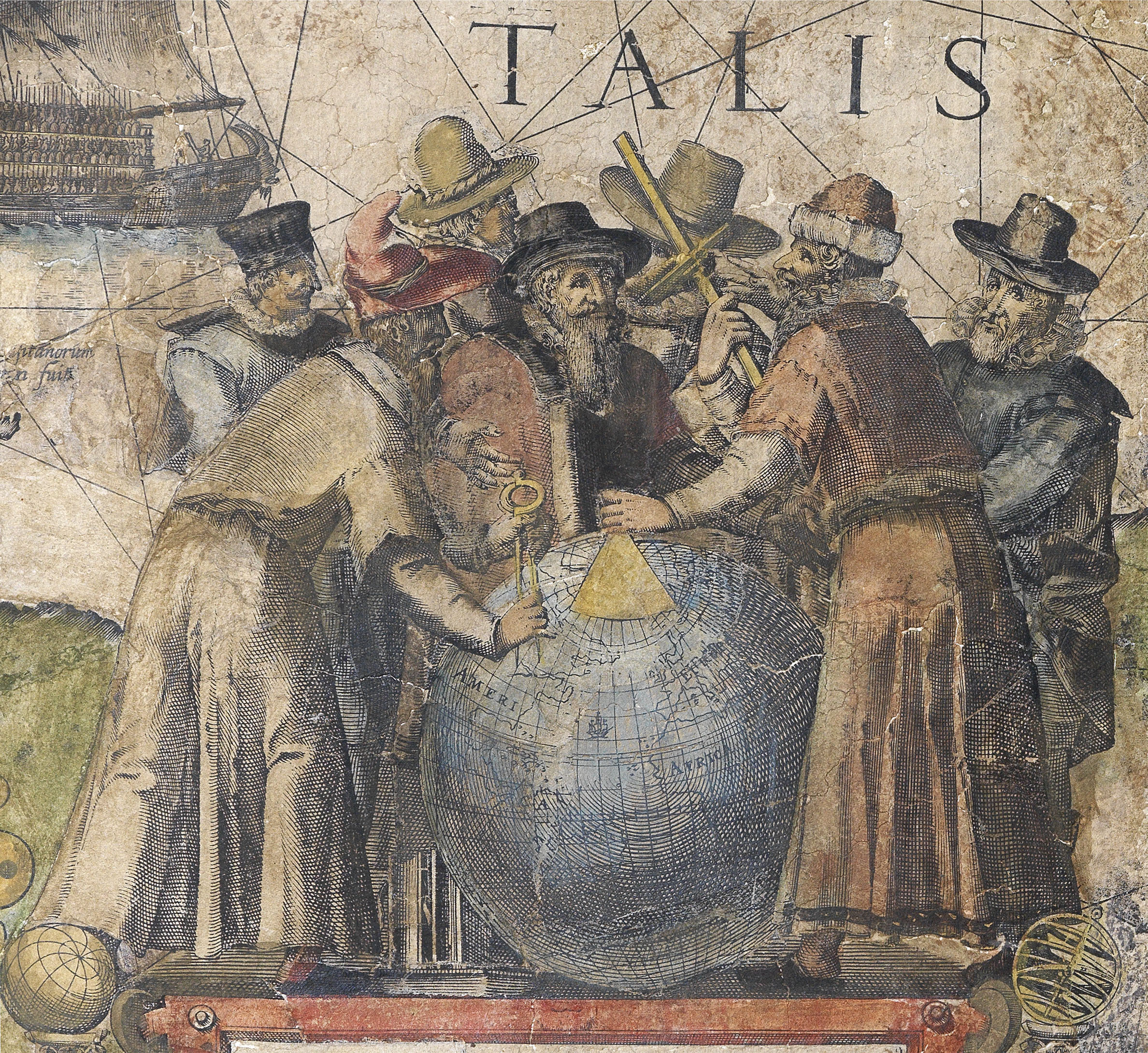Giovanni Battista Piranesi
(1720 - 1778)

Venetian architect, draftsman, scholar, archaeologist, and designer, was tremendously influential in the development of neo-classicism. Foreign and Italian patrons included Pope Clement XIII (1758-69), and he was internationally renowned for his etchings of the scenery and ruins of classical Rome.
Piranesi, the son of a stonemason, was born in 1720 in the village of Mogliano, near Venice. Pursuing an early ambition to become an architect, he was apprenticed to his uncle Matteo Lucchesi, a prominent architect and hydraulic engineer, and then to the Palladian architect Giovanni Scalfurotto. He later studied etching and perspective composition in the workshop of Carlo Zucchi. In 1740, he traveled to Rome where he studied set design with Domenico and Giuseppe Valeriani and engraving with Giuseppe Vasi.
Probably best known for his Vedute di Roma, which Piranesi had begun by 1747, and continued to produce plates for until almost the day of his death in 1778. This series eclipsed earlier views of Roman landmarks by their dramatic presentation which combined imagined scenes with an in-depth understanding of ancient Roman technology. HisVasi, candelabri, cippi, sarcofagi, tripodi, lucerne, ed ornamenti antichi (1778), includes illustrations of a number of antiquities that he and his son Francesco Piranesi (1758–1810) had restored and installed not only in his own “museo” and showrooms, but also in important Italian collections, and a number of fine British houses.
His prolific production of etched plates, distinguished by a bold use of light and dark, was barely interrupted by his activities as a designer of ephemeral architectural structures for festivals, stage sets, interior decorations and furniture, and author of turgid polemics on the Greco-Roman controversy of 1761, rejecting outright that Roman architecture was derived from the Greek. He died shortly after returning from the last of many archeological expeditions to Pompeii and Paestum.
 地图
地图  地图集
地图集  珍本
珍本  版画
版画  天文仪器
天文仪器 






